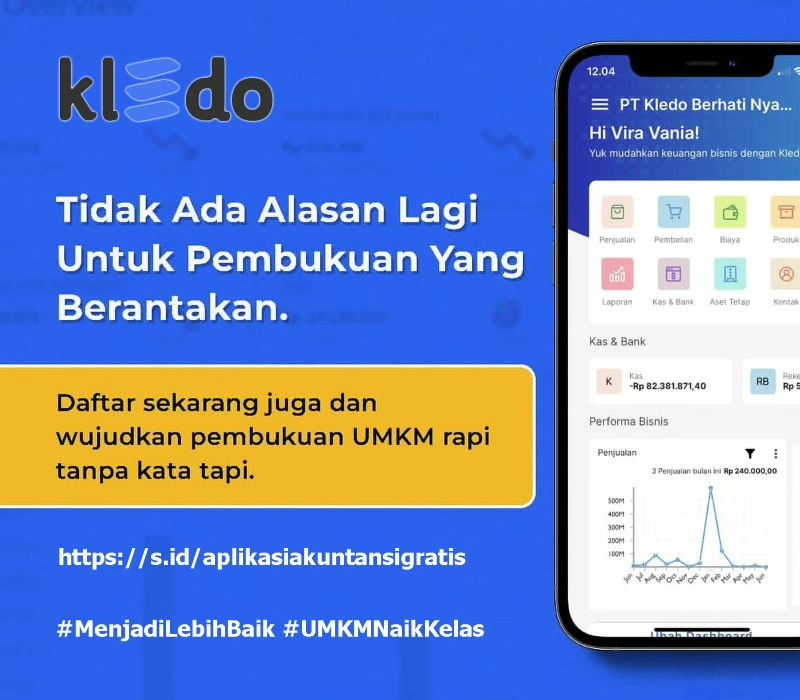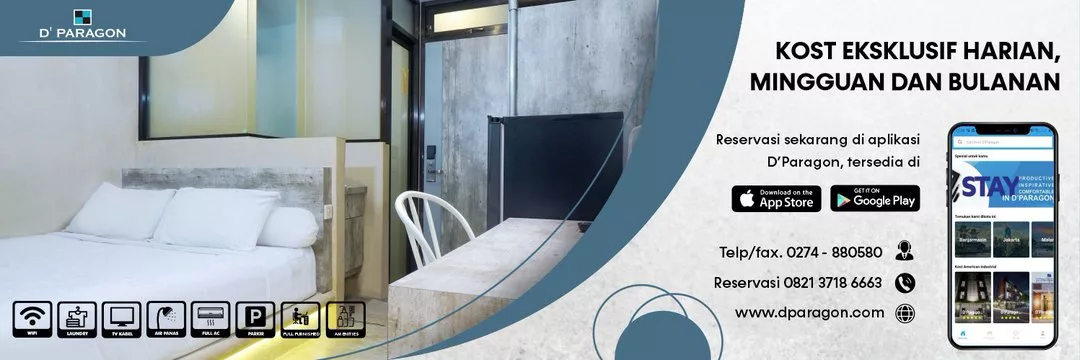Building Your Dream Physique: Creating an app like Freeletics
With the rise of fitness apps, individuals have easier access to personalized workout routines and nutrition plans. One such app that has gained immense popularity is Freeletics.
Today, convenience reigns supreme, fitness apps like Freeletics offer the ultimate in flexibility. You can work out anytime, anywhere, without the constraints of a gym schedule or the need for specialized equipment.
Building Your Dream Physique
Doesn’t matter if you are a morning person or a night owl these apps adapt to your lifestyle. One size does not fit all when it comes to fitness. Apps like Freelectics use cutting-edge technology to create personalized workout plans tailored to your goals, fitness level, and preferences.
It’s like having a personal trainer in your pocket, ready to guide you toward your objectives. The main villain of fitness routine is Boredom. These apps offer a wide variety of workouts, from HIIT to yoga, ensuring that you never get stuck in a fitness rut.
So if you are ready to embrace the future of fitness, stay tuned here we shall discuss some of the best apps like Freeletics that are changing the way people work out. In this comprehensive guide, we will walk you through the process step by step.
Understanding the Fitness App Market
Before diving into app development, it’s crucial to comprehend the competitive landscape of the fitness app market. This will help you identify gaps and opportunities that your app can capitalize on.
The fitness app market has been on a steady upward trajectory for several years, and this growth shows no signs of slowing down. Some of the best fitness apps freeletics are MyFitnessPal, Nike Training Club, and Fitbod.
In recent times, the global health and fitness app market has experienced exponential expansion, driven by factors such as
- increased awareness of health and wellness,
- sedentary lifestyles
- the convenience of fitness apps
The potential for growth in this market is immense. According to industry reports, the global fitness app market is projected to reach a value of $15.96 billion by 2026, with a compound annual growth rate (CAGR) of 21.4%. This remarkable growth can be attributed to the increasing adoption of smartphones, rising health consciousness, and the demand for customized fitness solutions.
Step-By-Step Process For Creating Apps Like Freeletics
Creating fitness apps like freeletics gym app requires a systematic and well-thought-out approach. Here’s a step-by-step guide to help you navigate this exciting journey:
- Market Research and Analysis
- Identify Your Target Audience: Determine who your app will cater to—fitness enthusiasts, beginners, weight loss seekers, or a specific niche.
- Competitor Analysis: Study existing fitness apps, including Freeletics, to understand their features, strengths, and weaknesses.
- Market Trends: Keep an eye on emerging trends in fitness, such as wearable technology, personalized workouts, and nutrition tracking.
- Define Your Unique Selling Proposition (USP):
- Personalization: Decide how you will offer personalized workout plans and nutrition guidance.
- Innovative Features: Plan unique features that set your app apart, such as progress tracking, augmented reality workouts, or social community engagement.
- Design and User Interface:
- User-Friendly Design: Invest in an intuitive and visually appealing user interface (UI) to ensure a seamless user experience.
- Wireframing and Prototyping: Create wireframes and prototypes to visualize the app’s layout and functionality.
- Mobile App Development:
- Choose the Right Technology Stack: Collaborate with experienced mobile app developer to select the best technology stack for your app.
- Platform Compatibility: Ensure your app is compatible with both iOS and Android devices.
- Beta Testing:
- Recruit Beta Testers: Invite a select group of users to participate in beta testing.
- Feedback Collection: Gather feedback and identify any bugs or usability issues.
- Iterative Improvement: Continuously refine the app based on beta testers’ input.
- App Launch:
- Marketing Strategy: Develop a comprehensive marketing plan that includes social media promotion, influencer partnerships, and app store optimization.
- App Store Presence: Create a compelling app store listing with high-quality visuals, persuasive descriptions, and keyword optimization.
- Monetization Strategies:
- Freemium Model: Offer a free version of your app with basic features and a premium version with exclusive content.
- In-App Purchases: Allow users to make in-app purchases for additional workouts, meal plans, or merchandise.
- User Engagement and Retention:
- Regular Updates: Continuously update the app with new features, workouts, and challenges to keep users engaged.
- Community Building: Foster a sense of community through user forums, social sharing, and challenges.
- Data Security and Privacy:
- Protect User Data: Implement robust security measures to safeguard user information and ensure privacy compliance.
- Analytics and Optimization
- Track User Behavior: Utilize analytics tools to monitor user engagement and identify areas for improvement.
- Optimize Performance: Address any performance issues and optimize the app for speed and reliability.
- Customer Support and Feedback
- Responsive Support: Provide excellent customer support to address user inquiries and concerns promptly.
- Feedback Channels: Encourage users to provide feedback and suggestions for app enhancements.
- Continuous Innovation
- Stay Updated: Stay informed about the latest fitness trends and technologies to keep your app relevant and competitive.
- Expand Features: Regularly introduce new features and workouts to cater to evolving user needs.
How much does it cost to create a fitness app?
An estimated cost to apps like freeletics with moderate complexity, offering features like workout tracking, nutrition guidance, and user profiles, can range from $50,000 to $150,000 or more.
However, for a high-end app with advanced features, personalized training plans, social interactions, and seamless user experience, the cost can exceed $200,000.
These estimates can vary significantly based on your specific requirements and development choices. It’s essential to consult with app development professionals to get a more accurate cost estimate tailored to your project.
Conclusion
If you want to develop an app like Freeletics it’s not challenging when you have an expert fitness app developer working for you.
With careful planning, user-focused design, and dedication to innovation, you can develop an app that empowers individuals to achieve their fitness goals while embracing the digital age.
Remember that success in the fitness app industry requires commitment and a passion for helping users lead healthier lives. Good luck on your journey to creating a fitness app that makes a positive impact.
FAQs
How long does it take to develop a fitness app like Freeletics?
Developing a fitness app can take anywhere from several months to a year, depending on its complexity and features.
What technology stack is best for app development?
The choice of technology stack depends on your specific requirements. Consult with experienced developers to make the right decision.
How can I attract users to my fitness app?
Social media marketing, influencer partnerships, and app store optimization are effective ways to attract users to your app.
Is it necessary to have a background in fitness to create a fitness app?
While a background in fitness can be beneficial, it’s not mandatory. Partnering with fitness experts can help you create credible content.
What are some common challenges in the fitness app industry?
Competition, user retention, and staying updated with fitness trends are some of the common challenges in this industry. (CW)





Comments are closed.